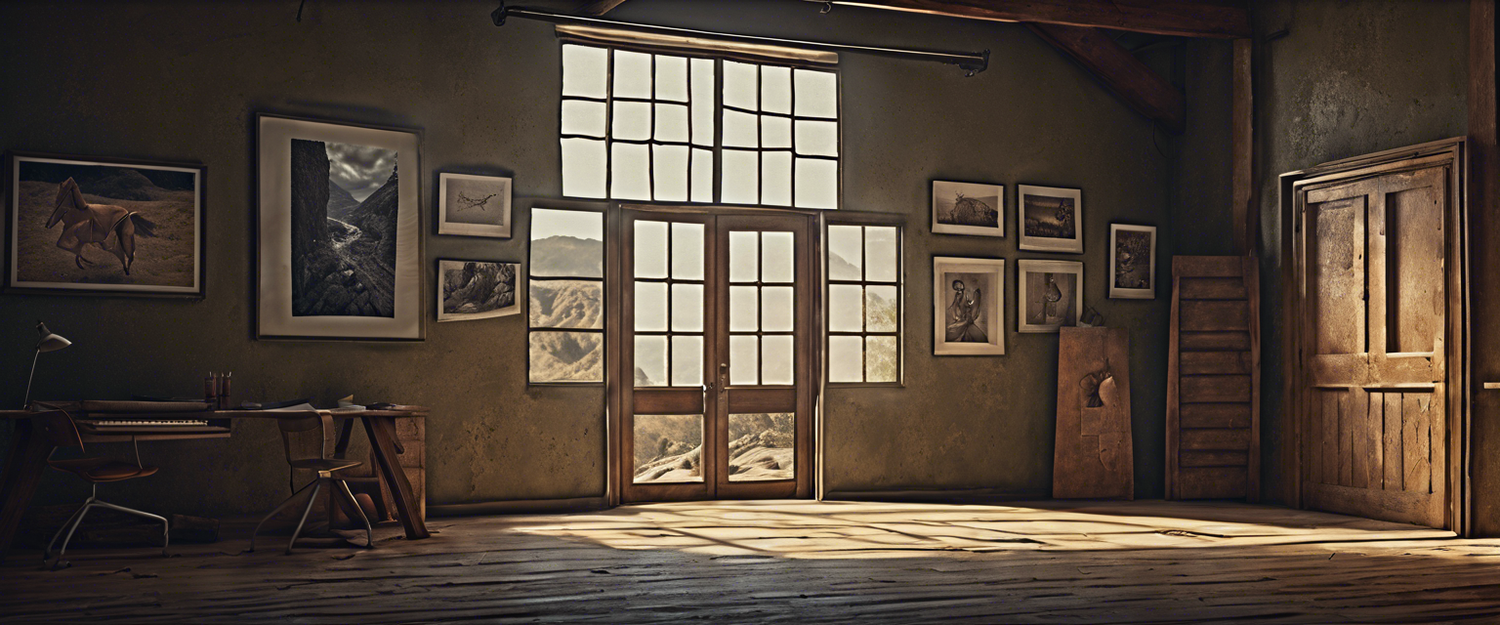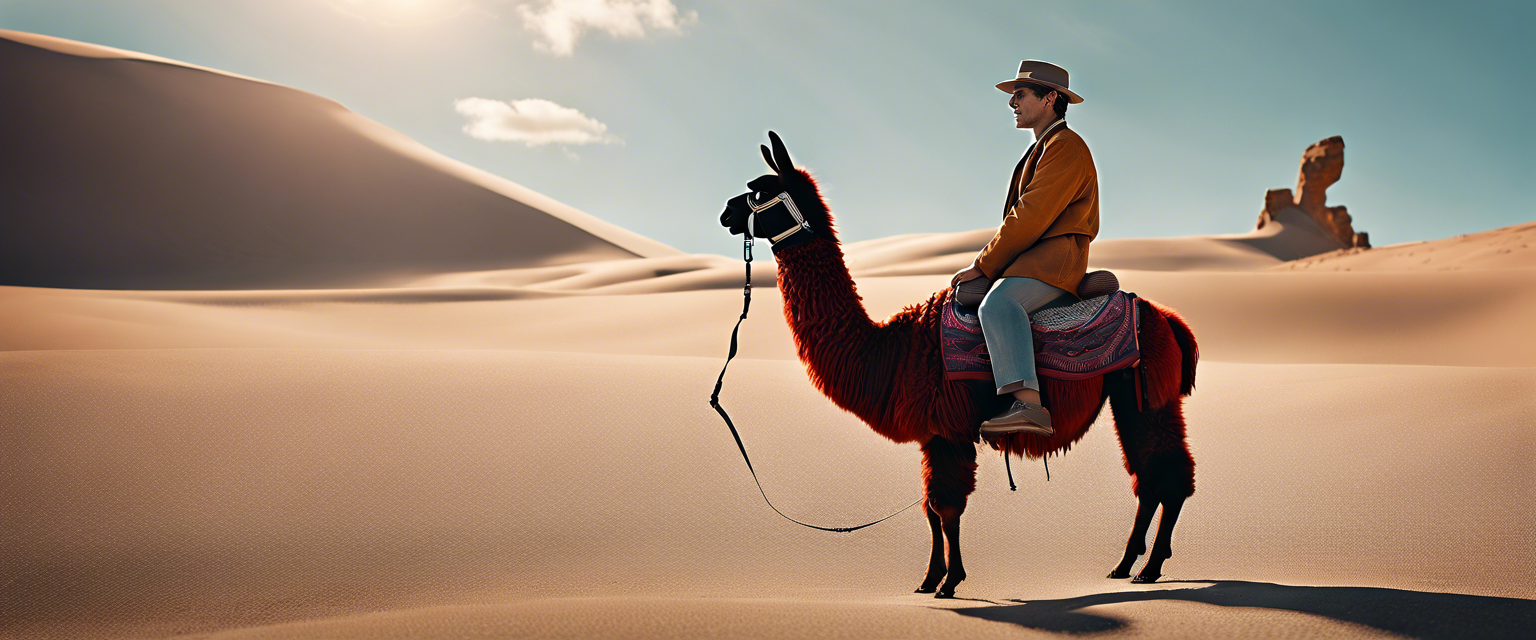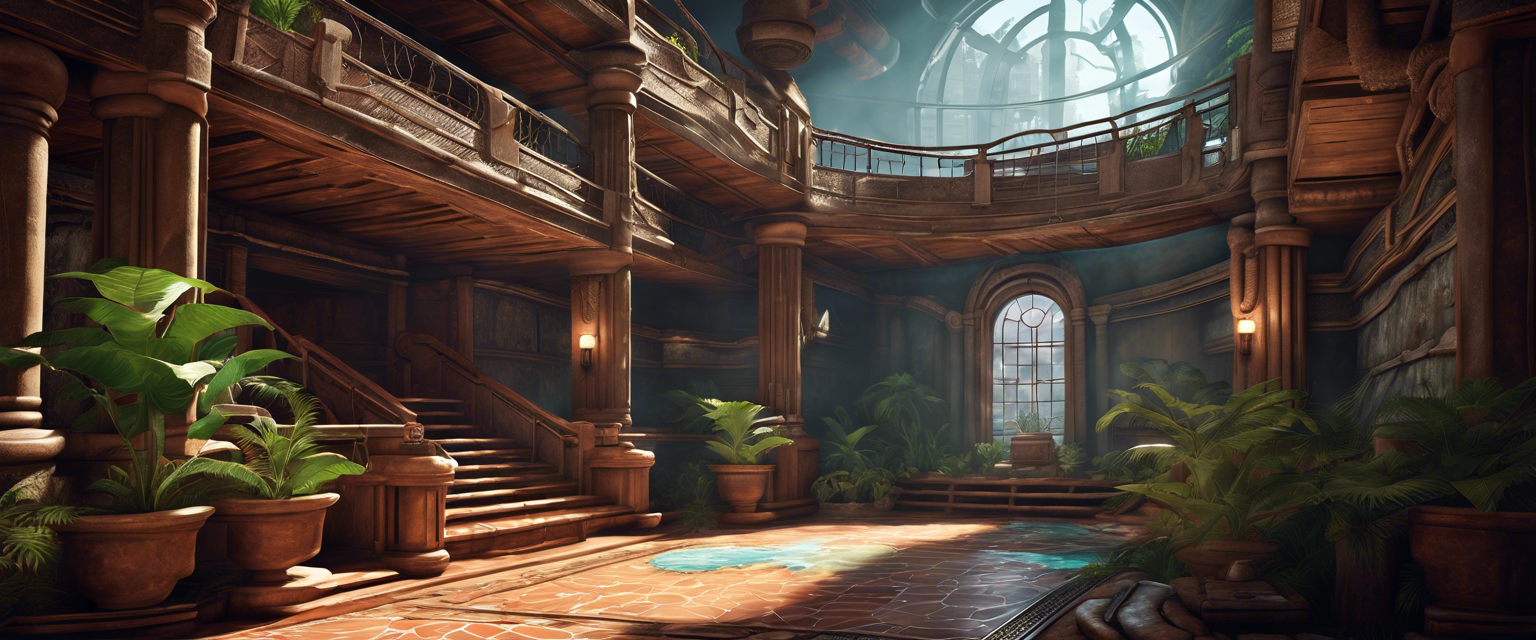Creating Stunning AI-Generated Artworks with Stable Diffusion: A Comprehensive Guide
In this tutorial, we will delve into how to create a custom diffusers pipeline for text-guided image-to-image generation using the Stable Diffusion model. With the Hugging Face Diffusers library, you'll learn to transform simple sketches into beautiful AI-generated artworks.
Introduction to Stable Diffusion
Stable Diffusion is a remarkable text-to-image latent diffusion model developed by a collaboration of researchers and engineers from CompVis, Stability AI, and LAION. This innovative model is trained on 512x512 images sourced from the LAION-5B database. Utilizing a frozen CLIP ViT-L/14 text encoder, Stable Diffusion effectively conditions its outputs based on text prompts.
With an architecture comprising an 860M UNet and 123M text encoder, it is relatively lightweight and feasible to run on most GPUs. If you would like to learn more about the fundamentals of Stable Diffusion, check here.
Getting Started
Before we begin the hands-on tutorial, you need to accept the model license prior to downloading or utilizing the model weights. For our tutorial, we will be working with model version v1-4. To proceed, visit its card, read the licensing terms, and tick the agreement checkbox.
It's essential to be a registered user on Hugging Face Hub and use an access token for the code to function correctly. To gather more details about acquiring access tokens, refer to the relevant section within the documentation.
Authenticating with Hugging Face
Next, we will log into Hugging Face. You can achieve this by utilizing the notebook_login function. Once authenticated, we can dive into the Image2Image pipeline.
Loading the Pipeline
After successfully logging in, the next steps involve:
- Downloading an initial image and preprocessing it for the pipeline.
- Defining prompts for our artwork generation.
- Running the pipeline with the prepared image.
Parameters to Fine-tune Your Artwork
When setting the parameters, one crucial aspect to consider is the strength value, which ranges between 0.0 and 1.0. This parameter controls the amount of noise integrated into the input image. A value close to 1.0 introduces significant variations, whereas a lower value yields images more closely aligned with the original input.
To visualize the output in Google Colab, you can simply print the image by typing:
print(image)
Final Thoughts
Congratulations! You've just learned how to create stunning AI-generated artworks from a simple sketch using the Stable Diffusion model. Moreover, feel free to experiment with different parameter values to discover what works best for your specific use case.
If you enjoyed this tutorial and want to explore more insights, continue reading on our tutorial page. Special thanks to Fabian Stehle, Data Science Intern at New Native, for compiling this enlightening guide.
Additional Resources
By utilizing the guidelines mentioned above, you can enhance your experience while exploring the exciting world of AI-generated art!



Yorum yazın
Tüm yorumlar yayınlanmadan önce incelenir.
Bu site hCaptcha ile korunuyor. Ayrıca bu site için hCaptcha Gizlilik Politikası ve Hizmet Şartları geçerlidir.